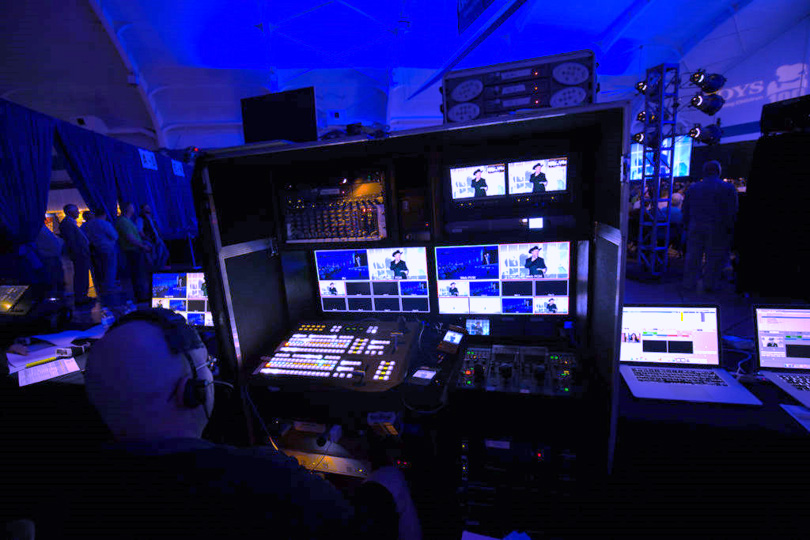Transforming Interaction Through the Effortless Integration of Virtual Experiences and In-Person Engagements in Hybrid Occasions
Transforming Interaction Through the Effortless Integration of Virtual Experiences and In-Person Engagements in Hybrid Occasions
Blog Article
Blended gatherings are growing increasingly common as they merge the finest aspects of both physical and virtual experiences. This innovative method allows participants to interact with content and one another in manner that were not possible before. By integrating VR technology into these events, planners can create immersive encounters that enhance engagement and participation. This seamless blend of digital and physical components can lead to more meaningful connections among participants, whether they are present in reality or participating virtually.
One of the primary benefits of using VR reality in blended gatherings is the ability to create a common environment for all attendees. In a traditional setting, in-person attendees might have entry to certain activities or opportunities that remote attendees cannot enjoy. However, with VR, everyone can navigate the same virtual environment, regardless of their position. This innovation allows for engaging displays, virtual networking chances, and even gamified encounters that can engage audiences. As a consequence, attendees feel more included and connected, leading to a richer overall experience.
Moreover, VR technology can help overcome barriers that often occur in blended events. For example, virtual participants may feel disconnected or removed from the main gathering. By integrating VR, organizers can create a feeling of involvement that makes remote attendees feel as if they are part of the event. This can be realized through features like digital representations, which allow participants to interact with one another in live. Such interactions can encourage cooperation and networking, making it easier for people to engage and share ideas, no matter of their physical location.
In furthermore to improving involvement, the use of VR technology in hybrid events can also provide valuable data and insights for organizers. By tracking attendee interactions and behaviors within the virtual environment, event planners can collect data on what elements of the gathering were most captivating. This information can be used to improve future gatherings, ensuring that they satisfy the requirements and wants of participants. Grasping how attendees engage with both the digital and in-person components can lead to read the full info here more effective event strategies and better overall experiences.
Finally, the integration of VR technology and physical engagements in blended gatherings represents a significant shift in how we conduct meetings and conventions. As innovation continues to advance, the potential for creating engaging and interactive experiences will only increase. By adopting this innovative framework, event organizers can transform the way individuals connect, learn, and collaborate. The future of blended gatherings is promising, and the seamless integration of virtual reality will play a key part in defining that future.